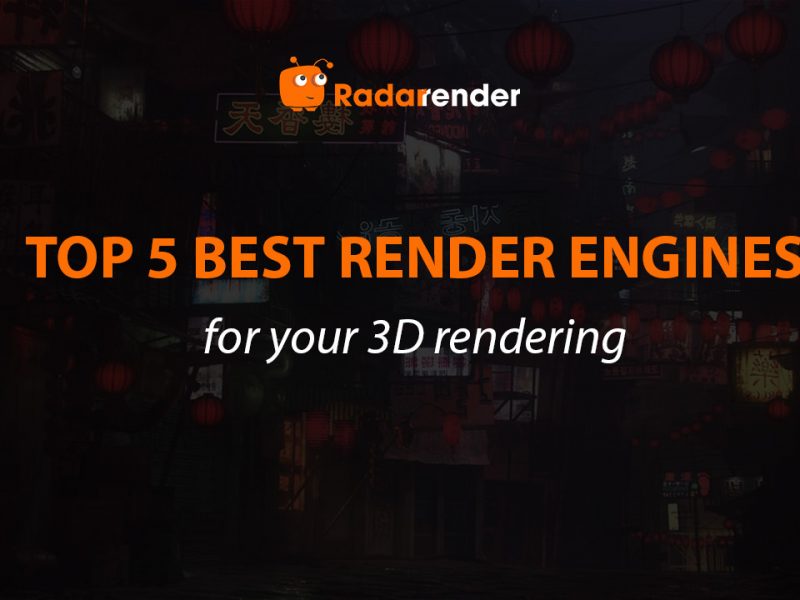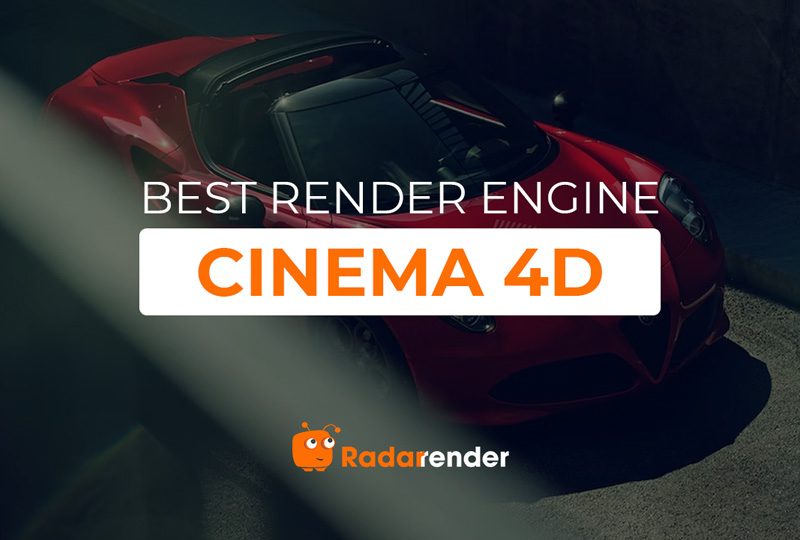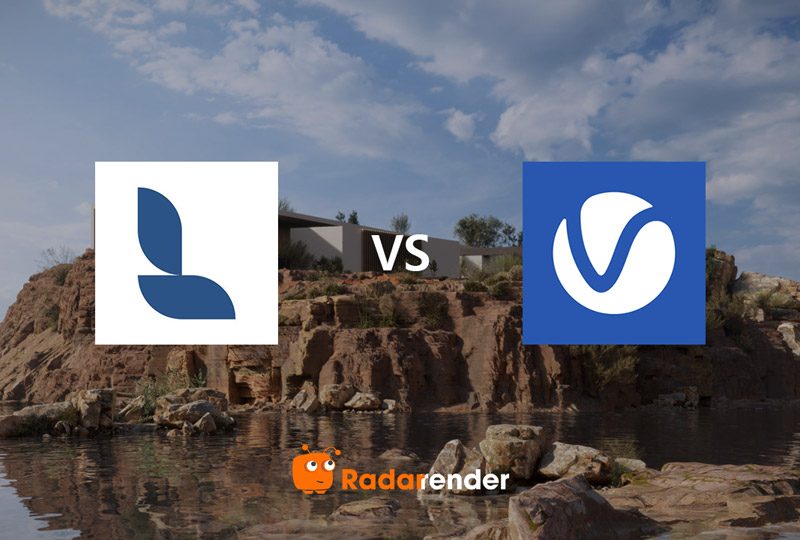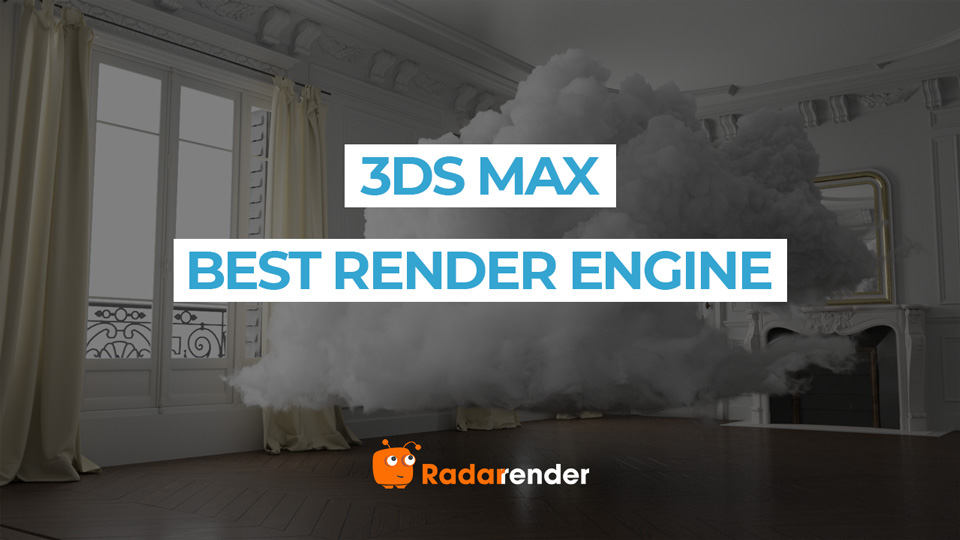
Best Render Engine for 3ds Max
This article is about finding the Best Render Engine for 3ds Max.
In the world of 3D rendering, the choice of a render engine can be the defining factor between a good project and an outstanding one. As for 3ds Max – one of the most popular 3D software around, a lot of render engines offer unique capabilities and enable artists and designers to create unparalleled visual storytelling.
In this article, Radarrender explores the Best Render Engine for 3ds Max. We go through their features, strengths, and real-world applications, and determine the ideal fit for your projects.
V-Ray – Best Render Engine for 3ds Max
V-Ray isn’t just a popular render engine; it’s been a trailblazer in the realm of photoreal rendering for years. As one of the pioneering path-tracing engines introduced to the market, V-Ray has consistently pushed the boundaries of rendering technology. Since its introduction in 1997, it has remained a steadfast companion to 3ds Max, constantly developing and introducing new features.
Its history in the industry has endowed V-Ray with a robust and finely-tuned path-tracing engine – a testament to its longevity and continuous development. What sets V-Ray apart is its arsenal of features. From essential functionalities like GPU and cloud rendering, global illumination, and a top-tier material engine, to cutting-edge innovations such as in-engine denoising, procedural lighting, shaders, and efficient scatter/proxy tools, V-Ray truly stands out.
Yet, while its feature set is undeniably impressive, the premium price tag – hovering around 700 USD per year for V-Ray Premium – might pose a challenge for smaller studios or freelancers. For those not requiring the full spectrum of V-Ray’s capabilities, this cost could be hard to justify.
Additionally, as newer renderers enter the market, matching V-Ray’s speed and features, the once-unrivaled allure of this renderer has somewhat diminished. With evolving options, V-Ray faces stiffer competition than ever before.

Image source: ChaosTV
Arnold Renderer – Best Render Engine for 3ds Max
Initially developed by Solid Angle in the late 1990s, and then acquired by Autodesk, the Arnold Renderer has etched its place as the top render engine in the fields of visual effects and film production. Notably, blockbusters such as Blade Runner 2049, Marvel movies, Game of Thrones, and more feature Arnold’s rendering expertise. As an Autodesk product, Arnold seamlessly integrates with 3ds Max, making it an intuitive choice for users of this software.
Arnold uses a path-traced Monte-Carlo methodology similar to V-Ray, generating highly realistic scenes with minimal artist intervention – a factor that significantly contributes to its widespread adoption in studios.
Surprisingly, despite its dominance in high-end productions, Arnold maintains an impressive ease of use. However, this high-level accessibility comes with some trade-offs. The engine’s specialization in high-end film and TV production sidelines certain optimization settings and biased rendering tools. Consequently, achieving desired outcomes might require more effort compared to engines like Redshift or Corona, particularly in architecture visualization or product rendering.
Additionally, Arnold’s unbiased algorithm, while a strength in realism, contributes to its reputation for slightly slower rendering speeds – a potential concern for freelancers or smaller studios with budget and time constraints. Unless projects necessitate the highest level of realism, Arnold’s feature-rich capacity might be more than what’s required.

Image source: Lee Griggs – Autodesk
Corona Renderer – Best Render Engine for 3ds Max
Corona is developed by the Chaos team, the team behind V-Ray. It introduces a refreshing, streamlined approach to rendering – a departure from heavyweight counterparts like V-Ray or Arnold. Corona is positioned as a go-to 3ds Max renderer for architectural visualization, and its specialty is clear in its tailored feature set.
Embracing a niche market, Corona offers a cost-effective avenue compared to its competitors, making it an enticing option for those venturing into new rendering territories. Its rapid rendering speeds further amplify its appeal, catering to artists seeking render upgrades without hefty time or financial investments.
However, Corona’s niche orientation comes with trade-offs. Its specialization in architectural visualization renders it somewhat inflexible compared to broader feature sets offered by competitors like V-Ray. Transitioning from V-Ray to Corona might present challenges due to the latter’s narrower scope. Yet, this simplicity proves advantageous – it’s more user-friendly straight out of the box and demands considerably less tweaking time.
One notable limitation of Corona is its exclusive reliance on CPU rendering, lacking any support for GPU rendering. For users heavily invested in GPU-based rendering setups, this constraint may steer them away from choosing Corona as their rendering engine of choice.

Image source: Chaos Corona
Redshift – Best Render Engine for 3ds Max
Debuting in 2014, Redshift emerged as a relative newcomer in the world of 3D rendering. Originally developed by Redshift Rendering Technologies and later acquired by Maxon (the brains behind Cinema 4D) in 2019, Redshift swiftly gained traction by proclaiming itself as the world’s first fully GPU-accelerated render engine. Yet, what truly distinguishes Redshift is its status as a biased renderer – a feature that employs certain shortcuts to accelerate rendering and manipulate the visual output.
Its rise to popularity within the 3ds Max community can be attributed to its responsive rendering and impressively intricate physically-based shading system. Redshift’s distinguishing feature is its speed, which enables rapid iterations in look development by enabling artists to preview shading and lighting without long render times. The engine’s node-based materials, constituting its PBR shading system, empower artists to dynamically construct intricate materials on the fly. While this is a boon for many, navigating node-based systems might pose a learning curve for those unacquainted with such setups.
However, a downside of Redshift is its comparative difficulty in achieving peak realism when compared to unbiased renderers like Arnold. This reflects the inherent trade-off between biased and unbiased rendering methodologies. Although Redshift is capable of rendering realistic scenes, it might demand more time and effort. Instead, its strength lies in its speed and adaptability, making it a go-to choice for commercials, product rendering, and motion graphics that prioritize speed and flexibility over absolute realism.
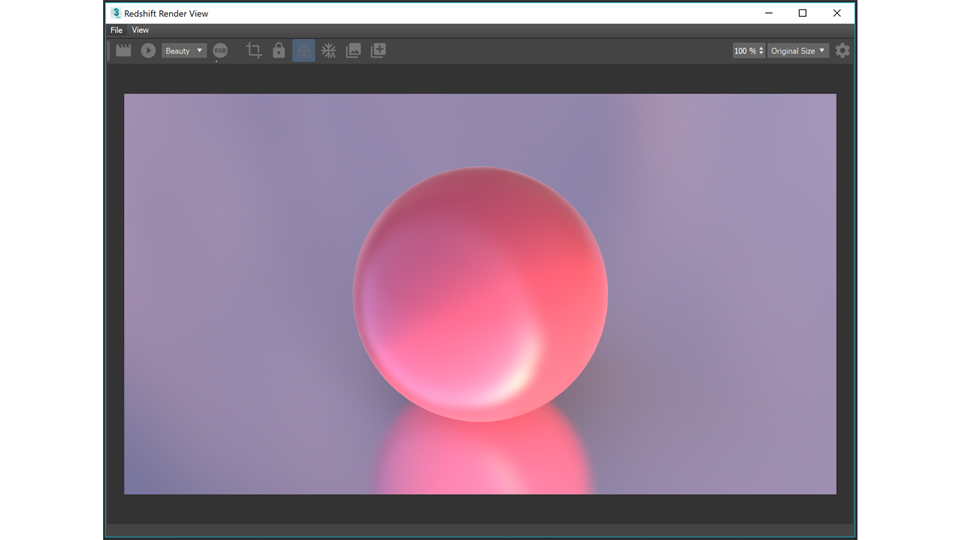
Image source: Maxon
OctaneRender – Best Render Engine for 3ds Max
Octane Render, introduced as a pioneering force in the field of 3D rendering, embodies a revolutionary approach to rendering technology. Developed by OTOY, Octane Render pioneered the use of GPU-based acceleration, challenging traditional rendering methods. This engine harnesses the immense power of GPUs to expedite rendering processes, offering lightning-fast results.
What sets Octane Render apart is its real-time rendering capabilities, allowing artists to witness scene changes instantly. Its intuitive node-based workflow empowers users to craft intricate materials effortlessly, although transitioning to this system might pose a learning curve for those accustomed to different methodologies.
Octane Render excels in delivering stunning visuals swiftly, making it a popular choice for artists engaged in architectural visualization, animation, and product design where rapid iteration is paramount. However, its reliance solely on GPU rendering might be a limiting factor for users whose systems lack robust GPU setups.
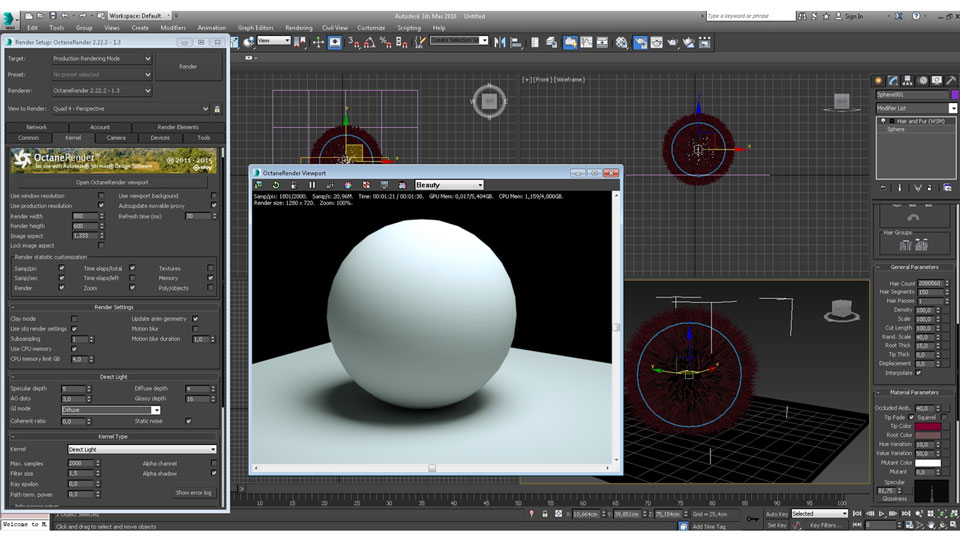
Image source: Otoy
Best 3ds Max Render Engine – Other renderers
Besides the five best render engines for 3ds Max above, you can consider a few other good options.
- LuxCoreRender: another noteworthy free option, and a commendable replacement for various high-quality render engines.
- Additionally, real-time renderers such as Lumion, Twinmotion, and D5 Render, offer instant visualization and immersive experiences in 3ds Max.
Conclusion
The search for the optimal render engine is a critical goal for artists and professionals in the ever-changing field of 3D design and visualization. Radarrender has unveiled the 5 Best Render Engine for 3ds Max, each with its own strengths and limitations.
Whether it is V-Ray’s industry dominance, Arnold’s realism, Corona Renderer’s user-friendliness, Redshift’s versatility, or Octane Render’s GPU-powered speed, each engine offers a unique pathway to achieving your creative vision.
Remember that the best render engine for 3ds Max is not a one-size-fits-all proposition. It is about finding the perfect match for your specific project requirements, which balances factors like speed, quality, ease of use, and cost.
See more: What Is The Best 3Ds Max Vray Render Farm?
See more: Best Render Farms For 3Ds Max Arnold GPU



